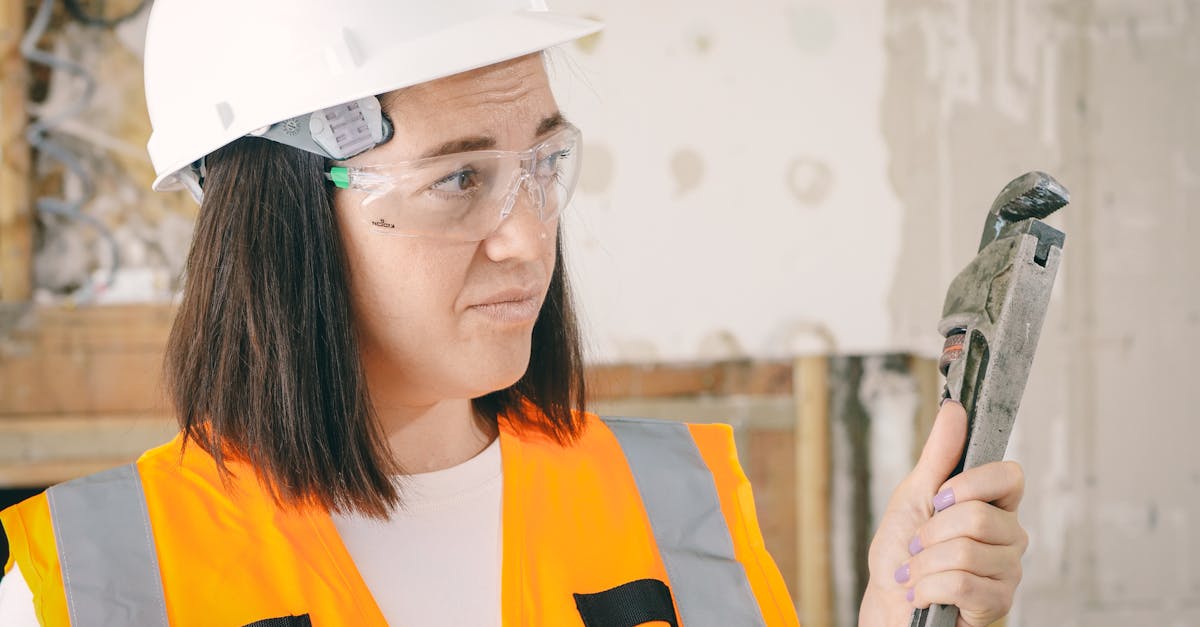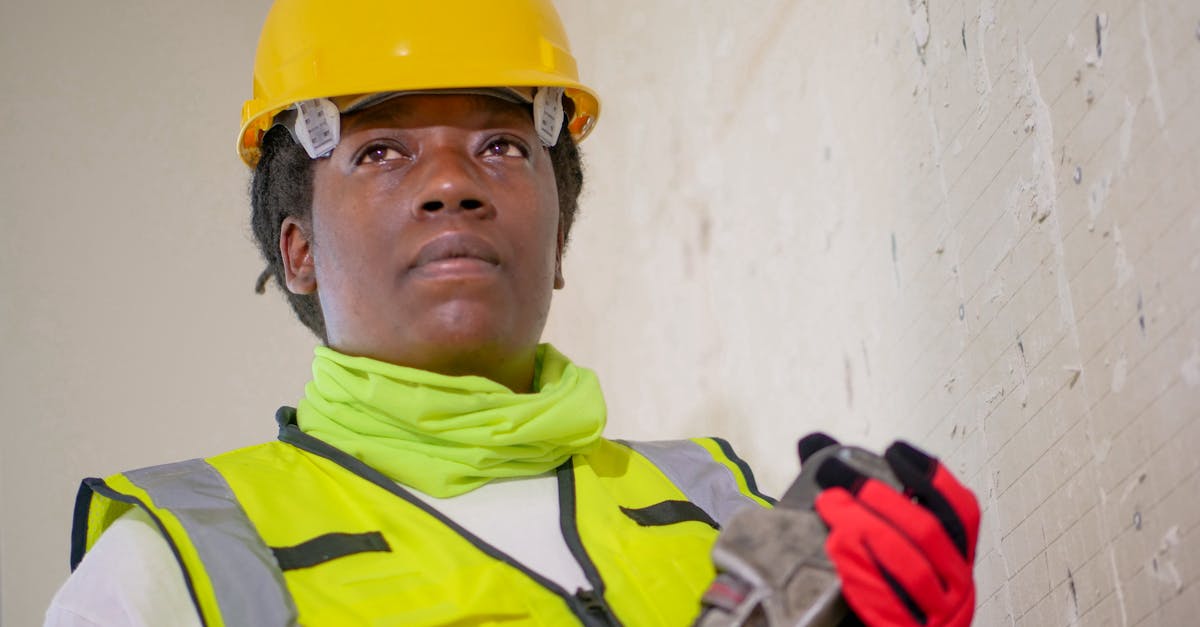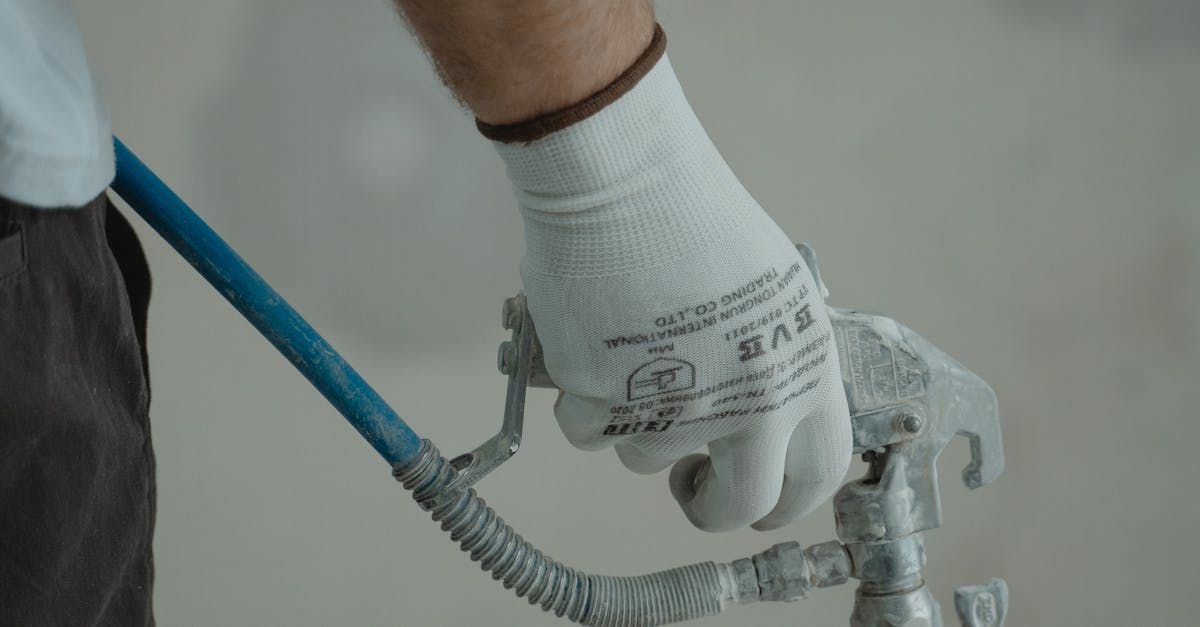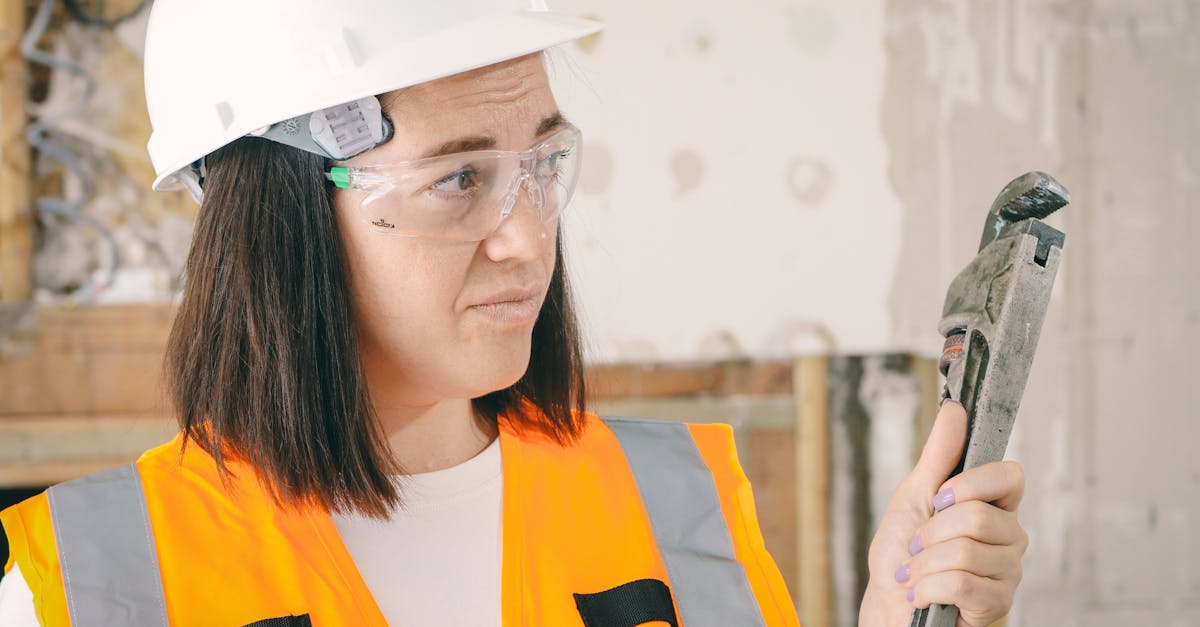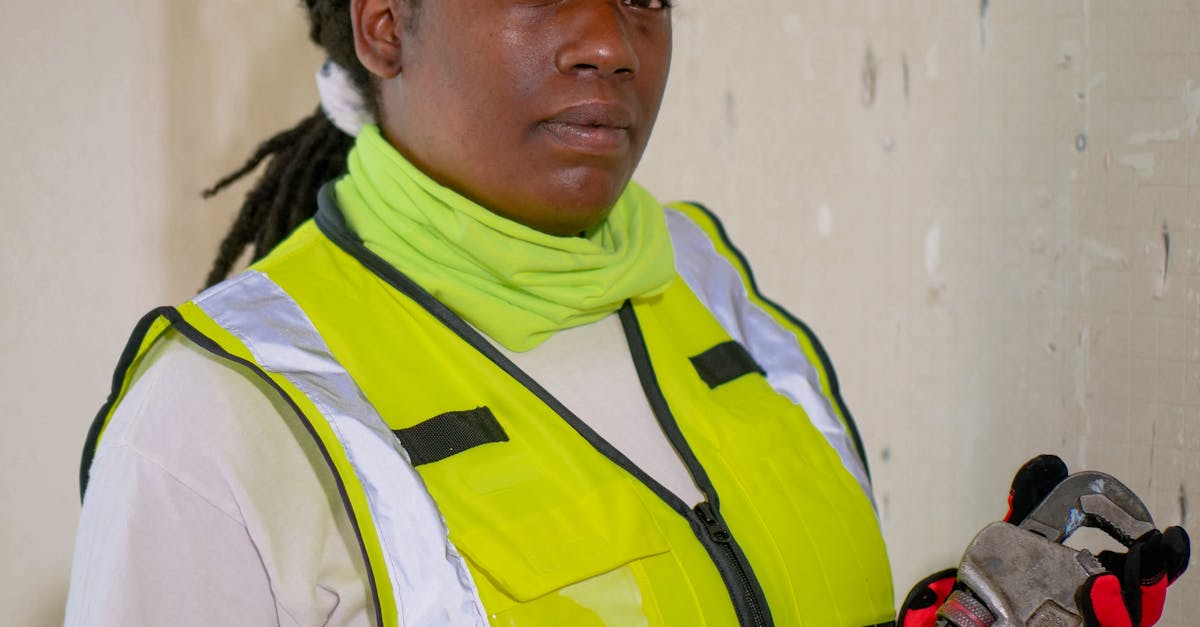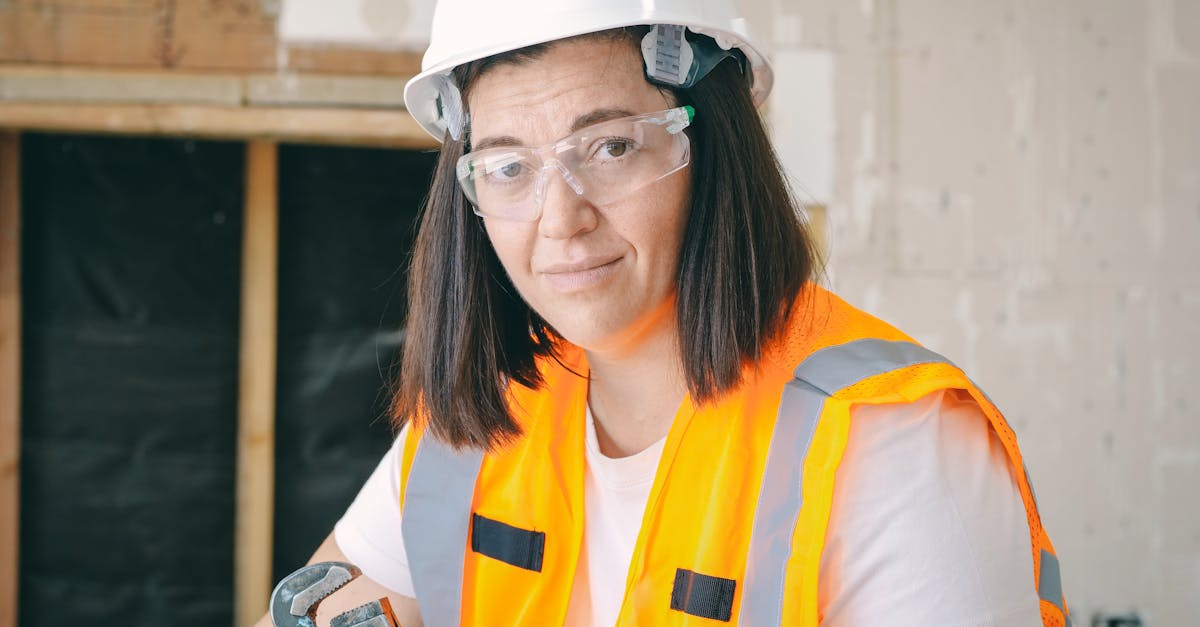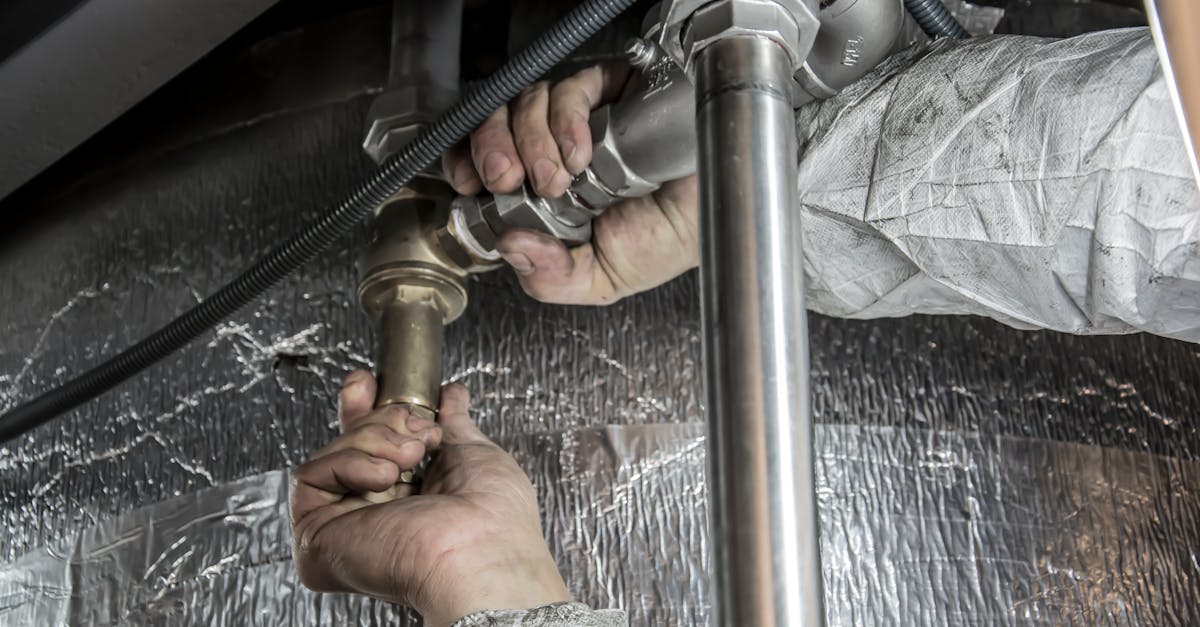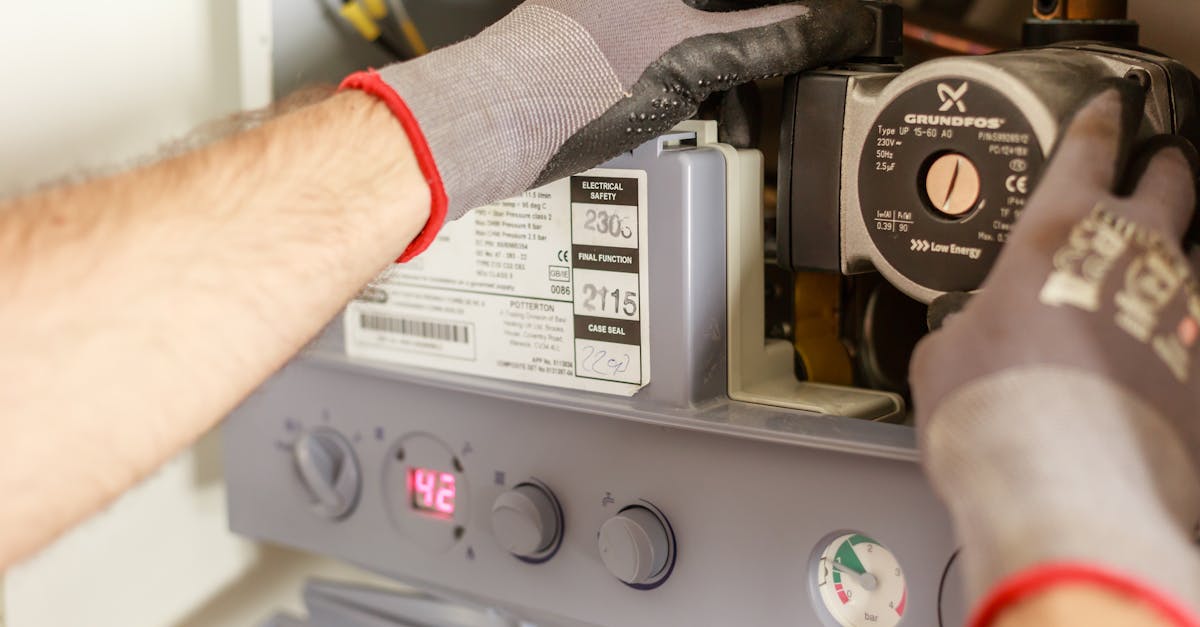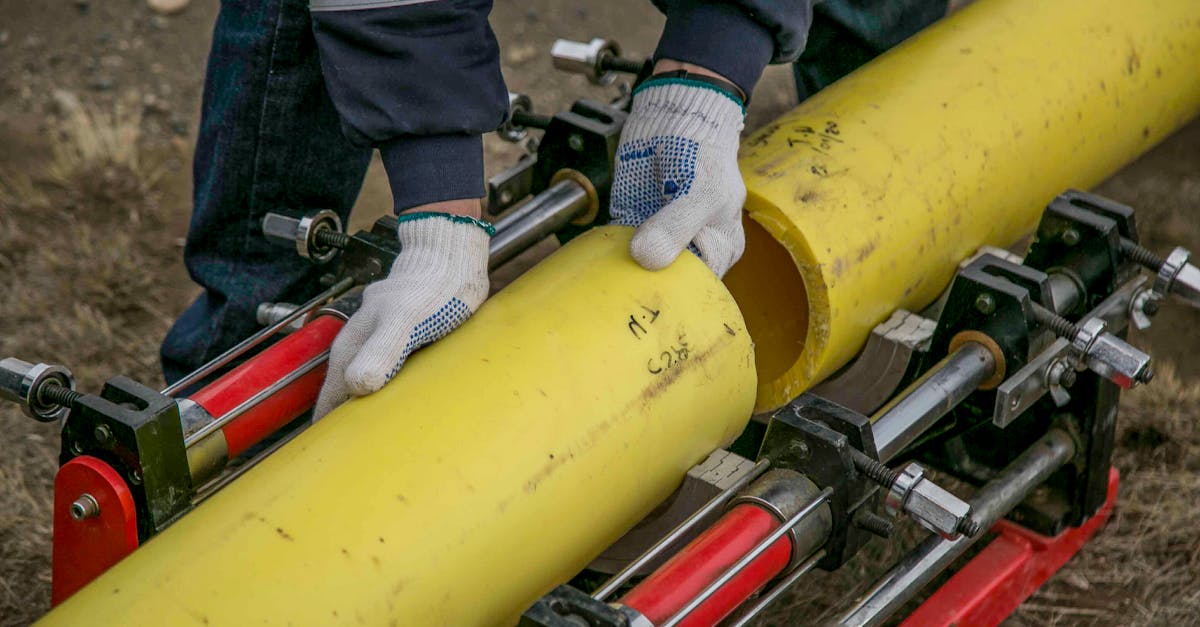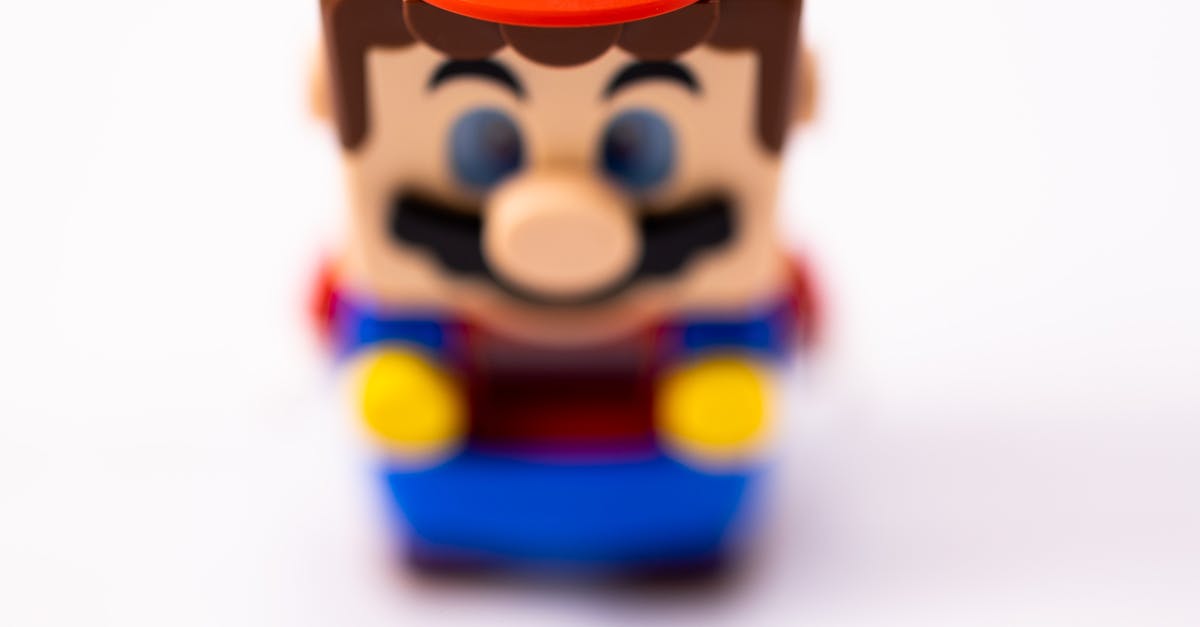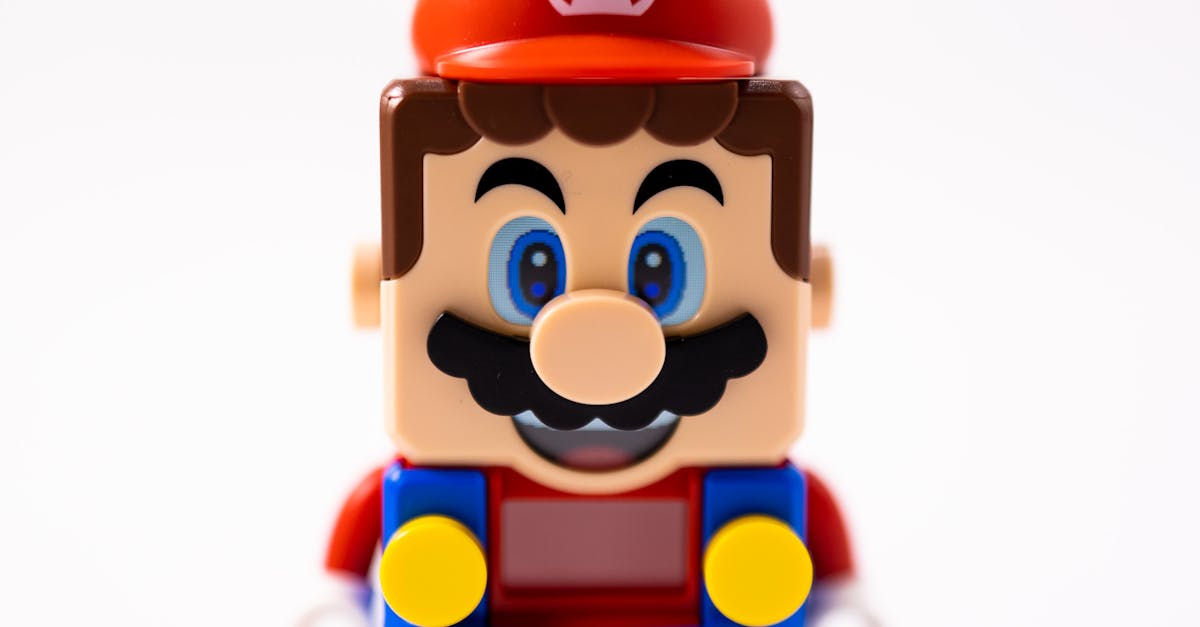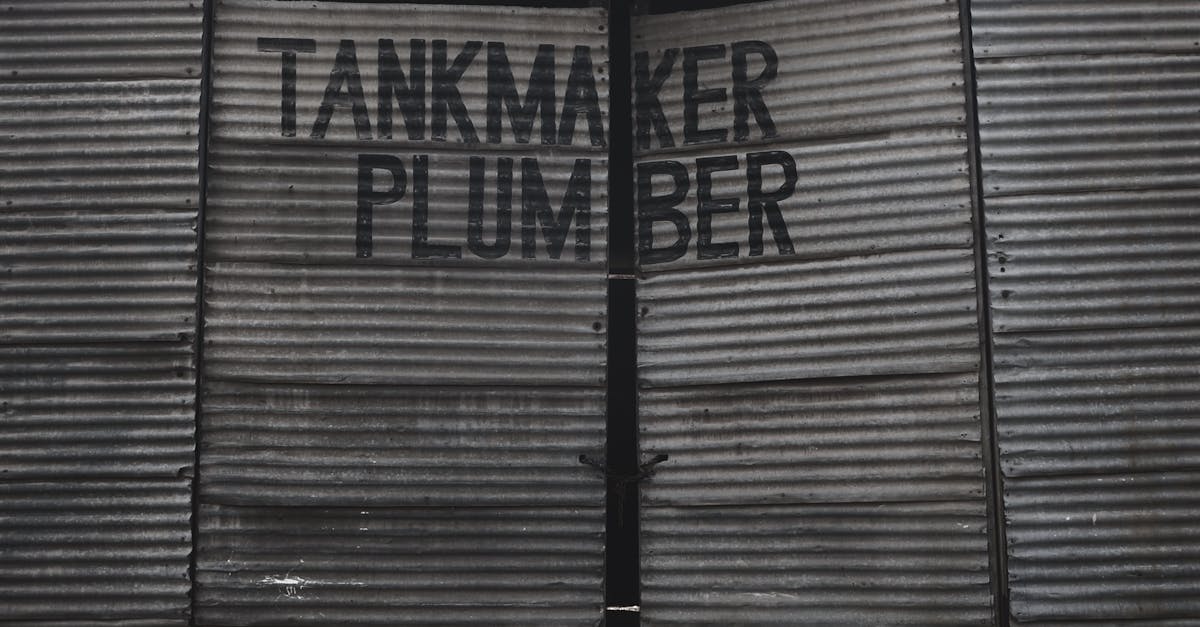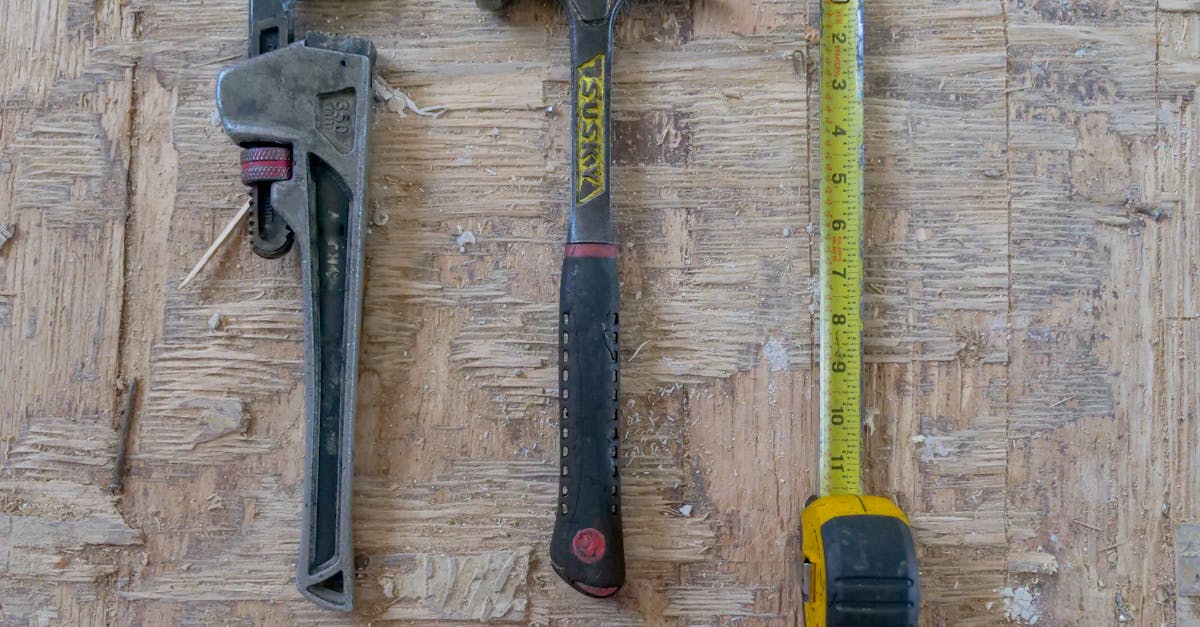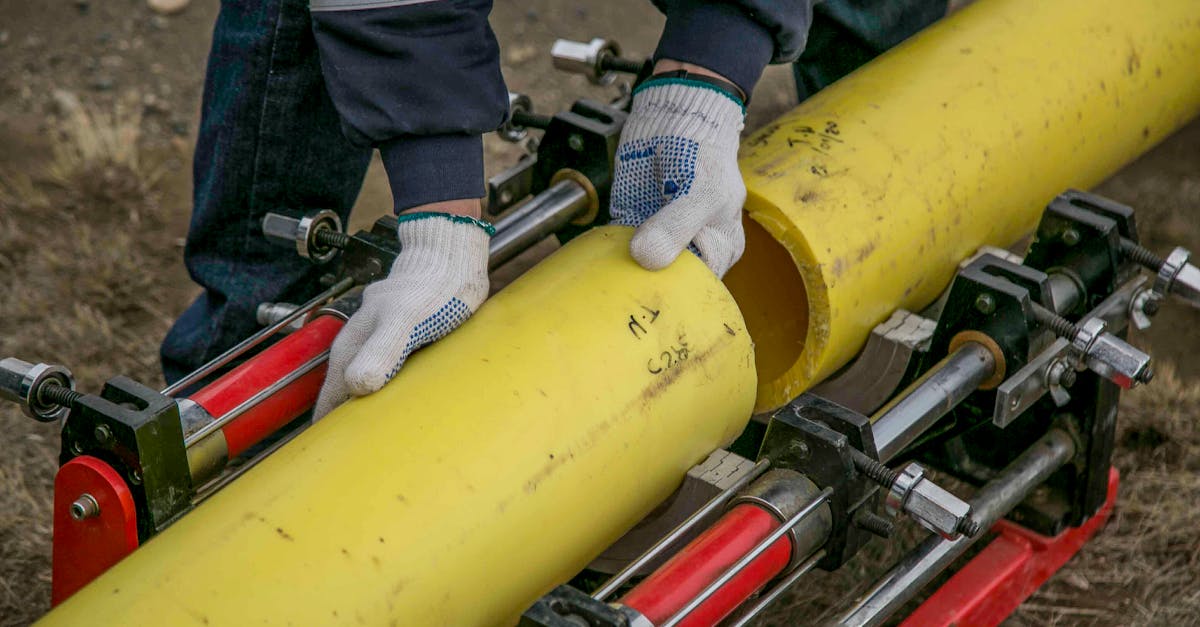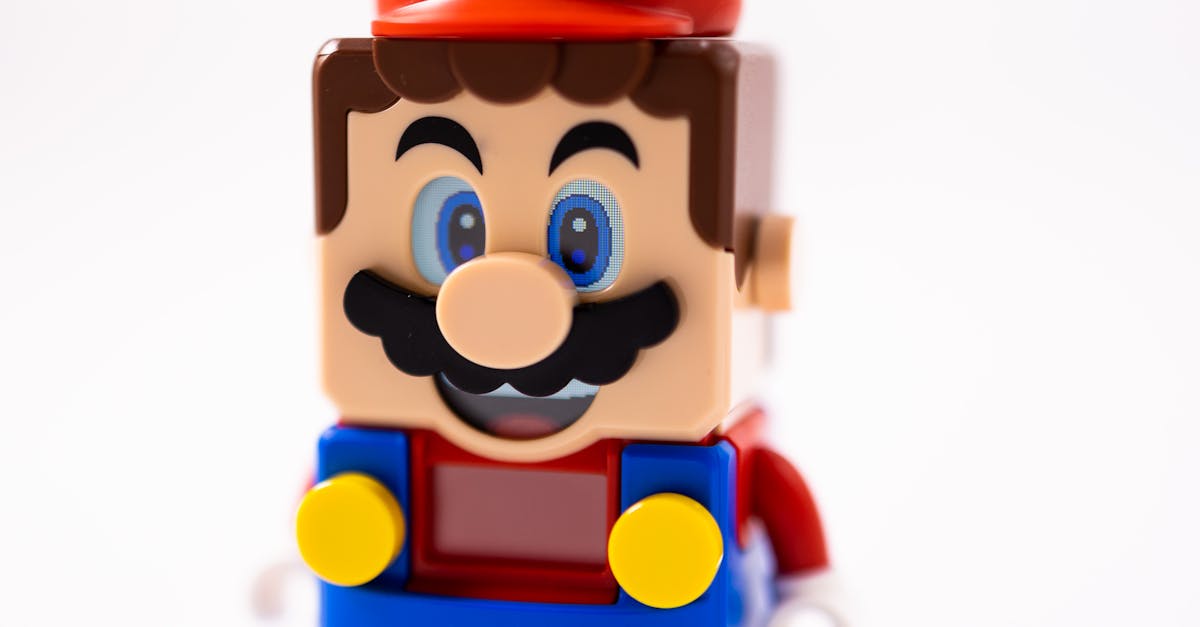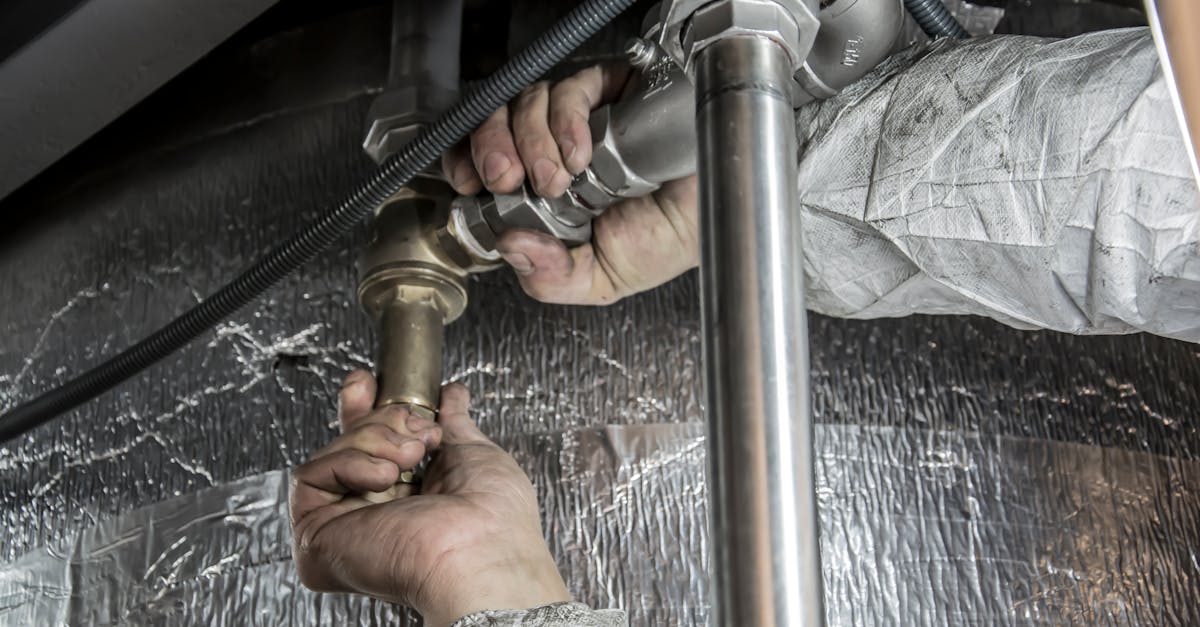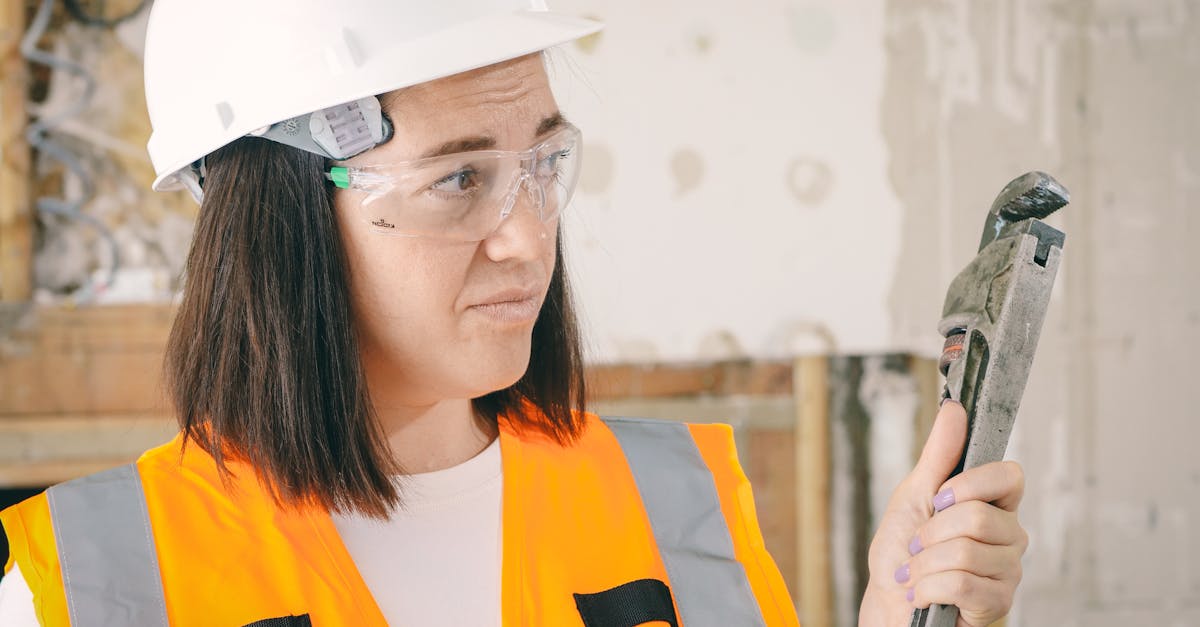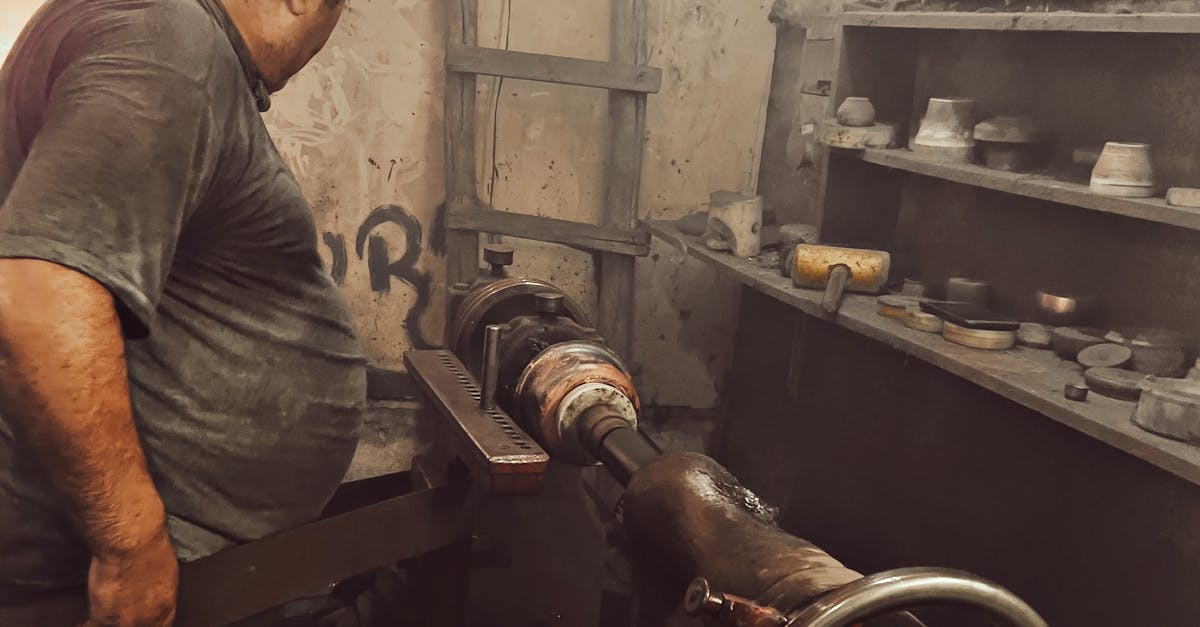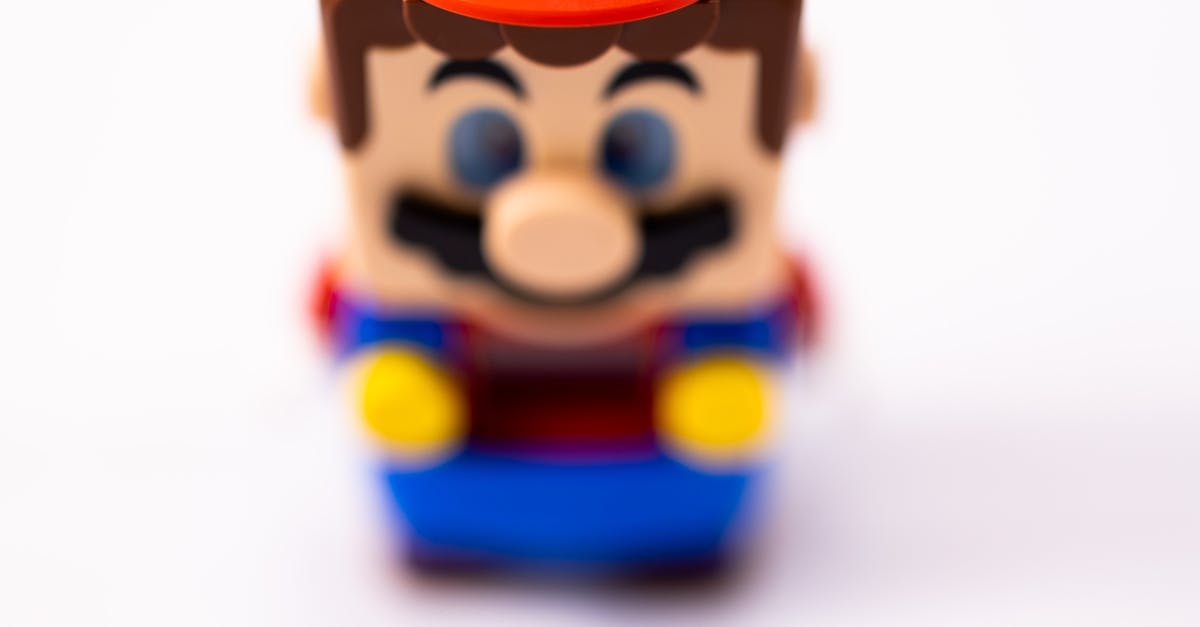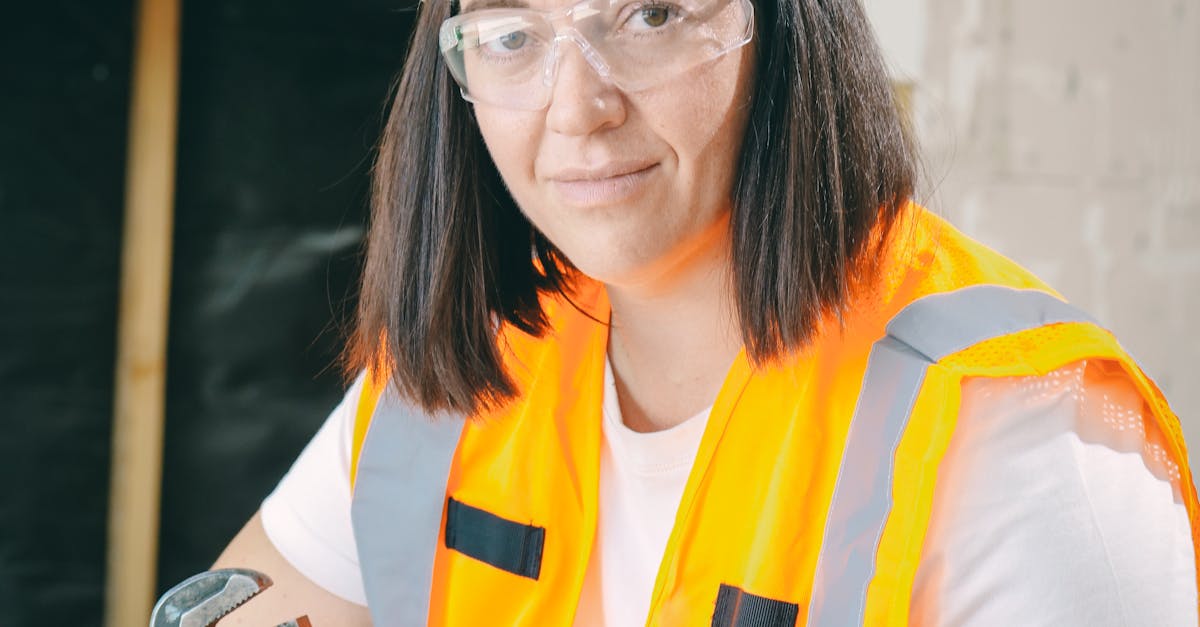
Table Of Contents
Tools and Equipment Used in Repairs
Pipe installation and repair requires specific tools to ensure effective and efficient work. Commonly used equipment includes pipe wrenches, which provide a firm grip for tightening or loosening large pipes. Other essential tools encompass hacksaws for cutting through various materials, as well as pipe cutters designed for precise adjustments. Additionally, thread seal tape and joint compound play crucial roles in preventing leaks when joining pipe sections.
Safety gear is equally important in the process of pipe installation and repair. High-quality gloves protect hands from sharp edges and metal fragments. Safety goggles shield eyes from debris, especially when cutting or grinding pipes. Furthermore, using knee pads can provide comfort and protection when working in challenging positions. Having the right tools and safety equipment enhances the overall efficiency and effectiveness of repair jobs.
Essential Gear for Pipe Fitters
Pipe fitters rely on essential gear to ensure that pipe installation and repair are executed safely and efficiently. Personal protective equipment such as hard hats, safety goggles, and gloves is crucial for safeguarding against potential injuries during the jobs. In addition to personal safety items, durable work boots with slip-resistant soles provide stability in various work environments.
Tools play a pivotal role in the fitting process. Pipe wrenches, cutters, and measuring tools are among the primary equipment that allows fitters to handle various sizes and types of pipes. A torque wrench is particularly important for ensuring correct fittings, while pipe sealants and adhesives are necessary for creating watertight connections. Having the right tools on hand streamlines the work and minimises downtime during installations and repairs.
The Repair Process Explained
The repair process for water pipes typically begins with a thorough assessment of the issue at hand. Identifying leaks or blockages requires a careful examination of the affected areas. Technicians often use specialised equipment to detect problems within the pipe infrastructure. Once the issue is diagnosed, a plan is formulated to address the specific needs of the repair. Pipe installation and repair can involve various techniques, depending on the type and extent of damage.
After planning, the next step involves the necessary tools and materials for the job. This may include cutting the damaged section of the pipe, clearing any obstructions, or sealing leaks. Proper safety measures are crucial during this phase to avoid accidents and ensure a smooth workflow. Once the repairs are completed, a final inspection is undertaken. This ensures that the pipe system is functioning correctly and prevents future complications.
Steps Involved in Fixing Water Pipes
The initial step in fixing water pipes involves identifying the source of the leak or damage. A thorough inspection of the affected area is essential, which may include using specialised tools to locate hidden leaks. Once the issue is pinpointed, it becomes easier to decide whether a simple patch-up is sufficient or if a more extensive repair is necessary. Pipe installation and repair work often requires a combination of diagnostic skills and practical experience to ensure a long-lasting solution.
Following the assessment, the next phase is the actual repair process. This may involve shutting off the water supply to prevent further leakage during repairs. Damaged sections of pipe may need to be cut out and replaced, or fittings might require adjustment. After replacing or fixing the problematic area, it is crucial to test the repair. This usually entails turning the water supply back on to check for leaks and ensuring that the system operates correctly.
Preventative Maintenance for Pipes
Regular maintenance is vital to prolong the lifespan of water pipes. Simple practices such as checking for leaks, monitoring water pressure, and ensuring proper drainage can prevent major issues down the line. Identifying small problems early allows for manageable repairs before they escalate into significant disruptions. Homeowners can also benefit from inspecting joints and fittings periodically to ensure they remain secure, thereby reducing the risk of water damage.
Scheduled inspections by professional plumbers form an essential part of preventative maintenance. These experts can assess the overall condition of your plumbing system and make recommendations tailored to your specific situation. Pipe installation and repair services often include routine checks on older systems to identify weaknesses caused by corrosion or wear. By prioritising these inspections, homeowners can save money in the long run while maintaining a reliable water supply.
Tips for Avoiding Future Issues
Regular maintenance is crucial in preventing future issues with water pipes. Homeowners should routinely inspect their plumbing system for signs of leaks or wear. Small problems can escalate if left unattended, leading to costly repairs. Keeping an eye on water pressure can also help identify underlying issues. High pressure can stress pipes and cause them to fail prematurely.
Investing in quality pipe installation and repair services can make a significant difference in durability. Using high-grade materials will reduce the likelihood of corrosion and other common issues. Ensuring proper insulation in colder months helps prevent freezing and bursting pipes. Being proactive with these measures can save time and money in the long run.
FAQS
Who is responsible for fitting and repairing water pipes?
Licensed plumbers are primarily responsible for fitting and repairing water pipes, as they have the necessary training and qualifications to handle plumbing systems safely and efficiently.
What tools are commonly used for repairing water pipes?
Common tools used in pipe repairs include pipe wrenches, soldering torches, pipe cutters, and pliers. Additionally, plumbers may use various sealants and fittings to ensure a proper repair.
How can I tell if my water pipes need repairs?
Signs that your water pipes may need repairs include leaks, low water pressure, discoloured water, or unusual noises coming from the plumbing system. If you notice any of these issues, it's best to consult a professional plumber.
What steps are involved in the process of repairing water pipes?
The repair process generally involves assessing the damage, shutting off the water supply, removing the damaged section of pipe, replacing or repairing the pipe, and then testing the system to ensure there are no leaks.
How can I prevent future issues with my water pipes?
Regular maintenance, such as inspecting for leaks, keeping pipes insulated, and avoiding pouring grease or harsh chemicals down the drain, can help prevent future issues with your water pipes. Additionally, scheduling routine plumbing inspections can catch potential problems early.
